- History of Artificial Intelligence
- The 3 Main Components of Artificial Intelligence (AI)
- 3 Notable Applications of AI
- Challenges of AI Solution Implementation
- How to Build an AI Solution | Steps (Lifecycle of Artificial Intelligence Solution Development)
- What Role Does Artificial Intelligence Play in Business?
- How can Idea Usher's AI Services Help you Boost your Sales?
- Choose Idea Usher: The Best Artificial Intelligence Development Company in the USA
- Final Words
- FAQs

Artificial Intelligence is the key to creating intelligent robots or self-learning software programs that mimic human mental abilities such as reasoning, AI solution, planning, optimum decision-making, sensory perceptions, and many more.
The ability of artificial intelligence techniques to surpass human activities in terms of knowledge discovery caught the interest of business and research groups all over the world.
Let’s learn and understand the following analysis on AI.
- History of Artificial Intelligence
- The 3 Main Components of Artificial Intelligence (AI)
- 3 Notable Applications of AI
- Challenges of AI Solution Implementation
- How to Build an AI Solution | Steps (Lifecycle of Artificial Intelligence Solution Development)
- What Role Does Artificial Intelligence Play in Business?
- How can Idea Usher’s AI Services Help you Boost your Sales?
- Choose Idea Usher: The Best Artificial Intelligence Development Company in the USA
- Final Words
- FAQs
History of Artificial Intelligence
- The history of artificial intelligence (AI) begins in ancient times, with myths, legends, and rumors about craftsmen infusing artificial entities with intellect or consciousness.
- Philosophers who attempted to represent the process of human thinking as the mechanical manipulation of symbols sowed the roots of current AI. This research ended in the 1940s with the discovery of the programmable digital computer, a machine based on the abstract nature of mathematical reasoning.
- This technology and its concepts inspired a small group of scientists to consider the possibility of creating an electronic brain.
- During the summer of 1956, a workshop on the campus of Dartmouth College in the United States established the subject of artificial intelligence research. Those who attended would continue to lead AI research for decades.
- The US and British governments ceased supporting undirected artificial intelligence research in 1974 in response to criticism from James Lighthill.
- Machine Learning has efficiently applied to numerous studies in academia and business thanks to novel approaches. The use of powerful computer hardware, and the accumulation of massive data sets in the early decades of the twenty-first century, sparked a spike in investment and interest in AI.
The 3 Main Components of Artificial Intelligence (AI)
The following are the components or frameworks that contribute significantly to the construction of various intelligent systems:
1. Feature Engineering
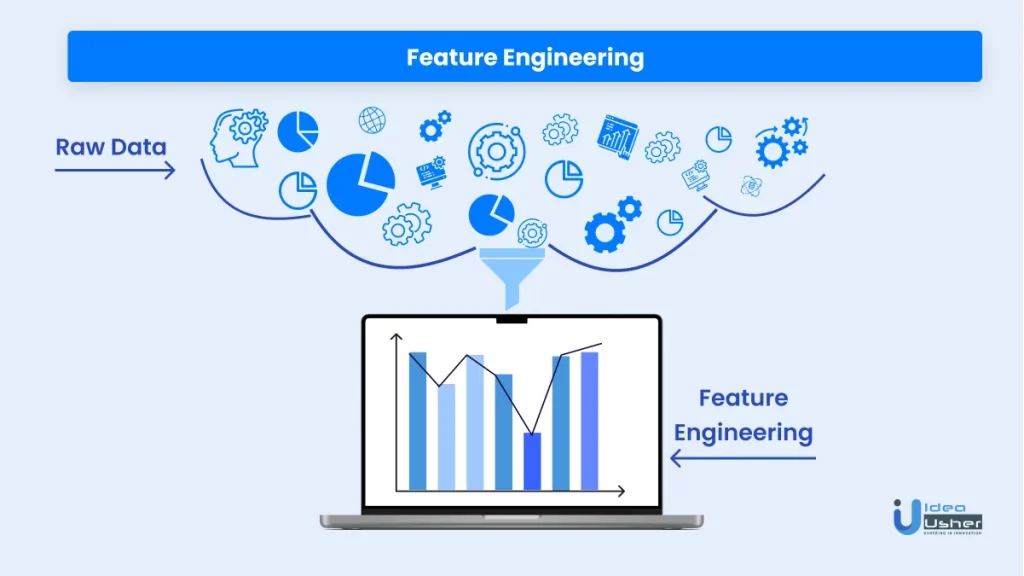
Feature extraction/engineering refers to the process of determining a minimal collection of informative features or qualities from a given dataset.
By selecting a relevant set of features, the performance of machine learning processes may be enhanced.
The feature extraction procedure offers the following:
- While classifying datasets based on specified attributes, entropy is used to reduce the degree of instability. To put it another way, this optimal collection of characteristics optimizes the amount of information gained.
- There is no link between the characteristics, resulting in feature independence and minimality. This goal is accomplished by using approaches like Principal Component Analysis (PCA), the Gram-Schmidt orthogonalization procedure, and others.
2. Neutral Networks
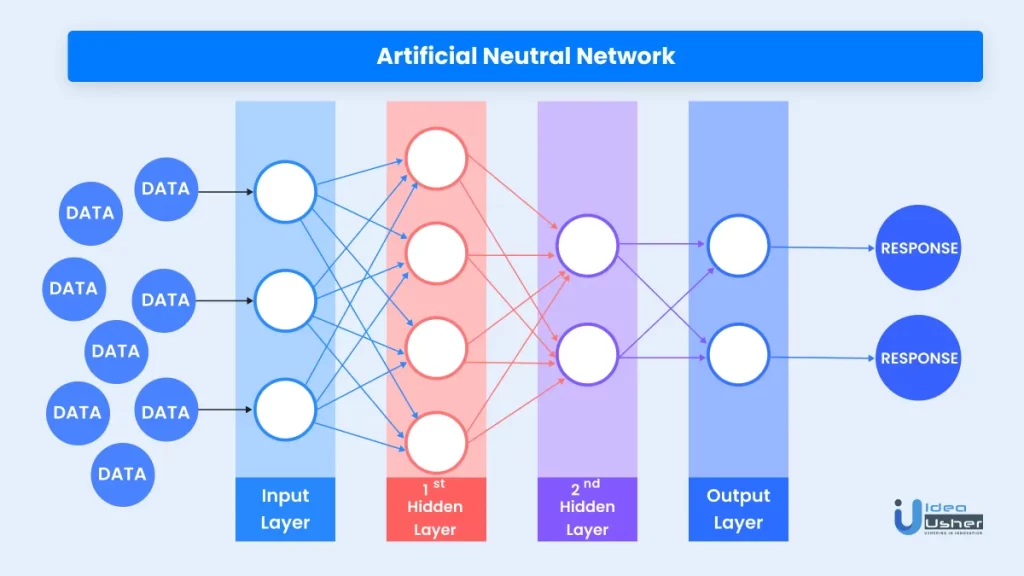
A Neutral Network consists of weighted interconnections between a group of compute nodes at successive levels. During the learning phase, the optimal weights of connections are determined by managing them according to the common weight-sharing technique and the data collected from the applied backward-propagation algorithm.
Each node calculates the weighted sum of values transmitted to its input in terms of mathematics. Activation functions control the criterion for passing calculated values onto the next layer. Weights and other network parameters converge to optimal values after a succession, forming feed-forward and back-propagation phases, resulting in the best-suited model.
The following are the most frequently employed Artificial Neural Networks:
- The convolution layer of Convolutional Neural Networks (CNN) combines incoming input with learned spatial patterns to detect features. These signals led to the following layers, which are linked and capable of performing recognition tasks.
- The flexibility of convolution to translational fluctuations allows excellent feature recognition, and this method is widely utilized in image recognition applications.
- Long Term Short Memory (LTSM) is used by Recurrent Neural Networks (RNN) for efficient calculations of unknown values from a given sequence of previous data.
3. Deep Learning
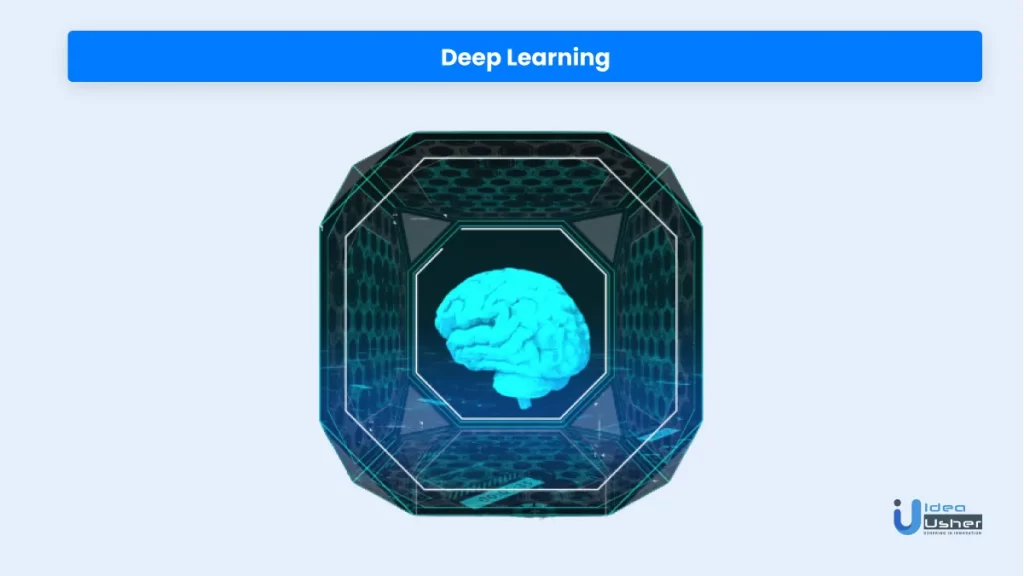
Deep learning architecture contains more hidden layers between the input and output layers as compared to those of artificial neural networks. This architecture modification makes it easier for the deep learning framework to execute automated feature extraction while learning classifications.
These models use supervised learning to train using well-labeled datasets. The utilization of high-performance parallel-computing GPUs can shorten the learning time of the model.
3 Notable Applications of AI
Now, the emphasis is on AI ideas and practices that have transformed industries like finance, aerospace, healthcare, and automobiles.
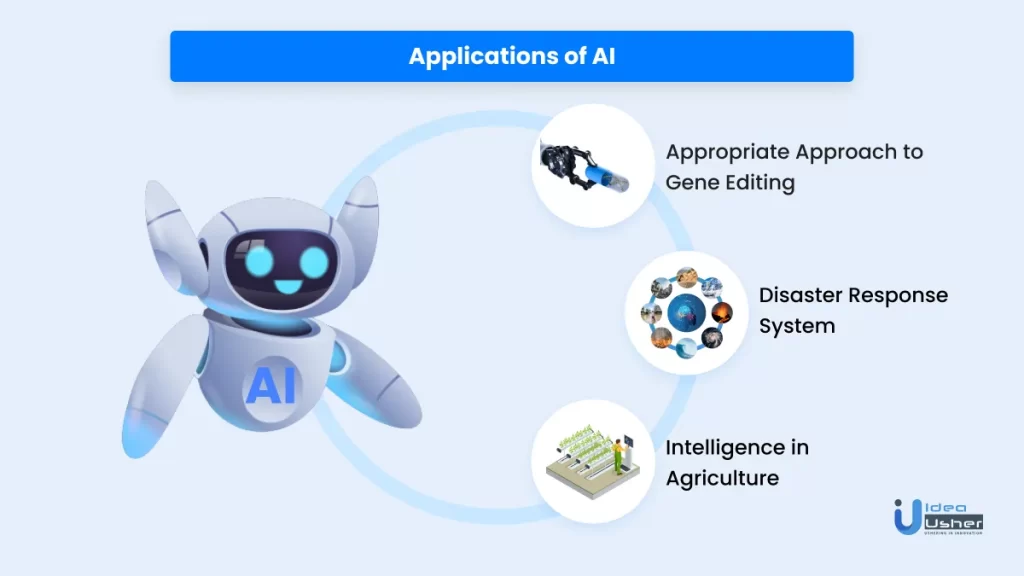
The following are the specifications for a few of the applications:
1. Appropriate Approach to Gene Editing
The concept of customized medical treatment is based on a thorough understanding of the patient’s genetic blueprint to cure illnesses or disorders caused by gene mutations.
The technique of finding nucleotide order in a genome is known as genome sequencing. Susceptible mutations would be diagnosed using genome sequencing data, enabling the creation of a patient-specific treatment strategy.
2. Disaster Response System
During a crisis, modern rescue systems utilize AI-powered drones, robotics, and sensors to instantly acquire accurate information on the level of damage, the specific location of trapped individuals, and the geographical characteristics of the area. While evacuating people from disaster-stricken regions, intelligent systems enable rescue teams to find the safest area somewhere near.
3. Intelligence in Agriculture
Artificial Intelligence detects problems and nutrient deficiencies in the soil. AI can identify where weeds are growing using computer vision, robotics, and machine learning techniques. AI bots can help harvest crops more efficiently and quickly than manual workers.
Challenges of AI Solution Implementation
The following are the challenges highlighted below:
1. Black Box
Artificial Intelligence algorithms are as same as black boxes where humans are aware of the algorithm’s prediction but not aware of how the algorithm arrived at the predictions. This means that humans are not able to understand the inner system of AI programs.
It’s great if the predictions created matched those projected by AI specialists, but if they don’t, there’s no way to learn or understand how AI algorithms arrive at their projections.
The AI program will also disclose the datasets that lead to its final prediction. As a result, providing people with the reasoning behind why algorithms generated certain predictions reduces the black box problem while boosting the overall credibility of the system.
2. Massive Data Corpus
Intelligent systems develop an optimum model with the aid of a large quantity of data during training and validation before being implemented as a real-world solution.
The availability of massive data quantities, and the capacity to manage them, are the main constraints for traditional systems and software applications to emerge as AI-enabled versions.
There is an urgent demand for advanced modeling approaches that can estimate model parameters with high accuracy by utilizing small data samples.
3. Beyond Human Control
With AI technology’s extraordinary ability to grasp and acquire large libraries of knowledge at a faster rate, there have been few rare occasions where an AI framework obtained emotional stability and outperformed the limits of human logical reasoning. In such instances, AI systems’ unexpected actions would result in irreversible disaster.
How to Build an AI Solution | Steps (Lifecycle of Artificial Intelligence Solution Development)

It’s important to keep in mind that designing an AI solution differs from traditional programming.
Collecting relevant data to train the AI model is one of the ideas behind a successful AI engine.
The following are the steps for creating an AI system:
1. Identifying Problem
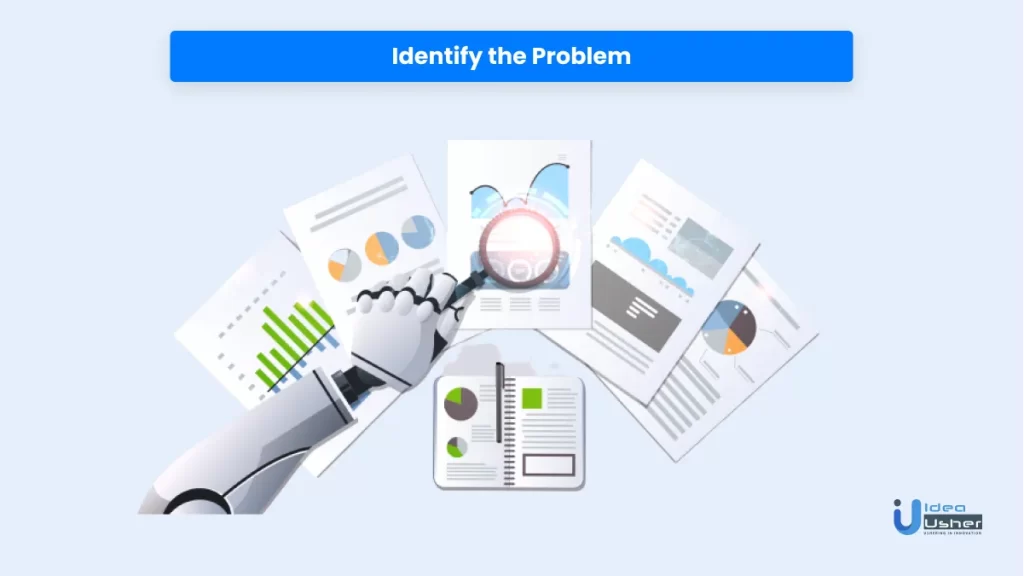
There is a need to understand the problem; the main questions to point out are: what are we trying to solve, and what goal is required?
A significant point to understand is that AI is not a solution to all the problems; it’s a tool, not the entire answer. AI can address different challenges using various techniques.
Consider this analogy, which explains the above. If a person wants to buy a phone, he will know what kind of phone, which brand, and how much money they will need.
2. Data Analysis
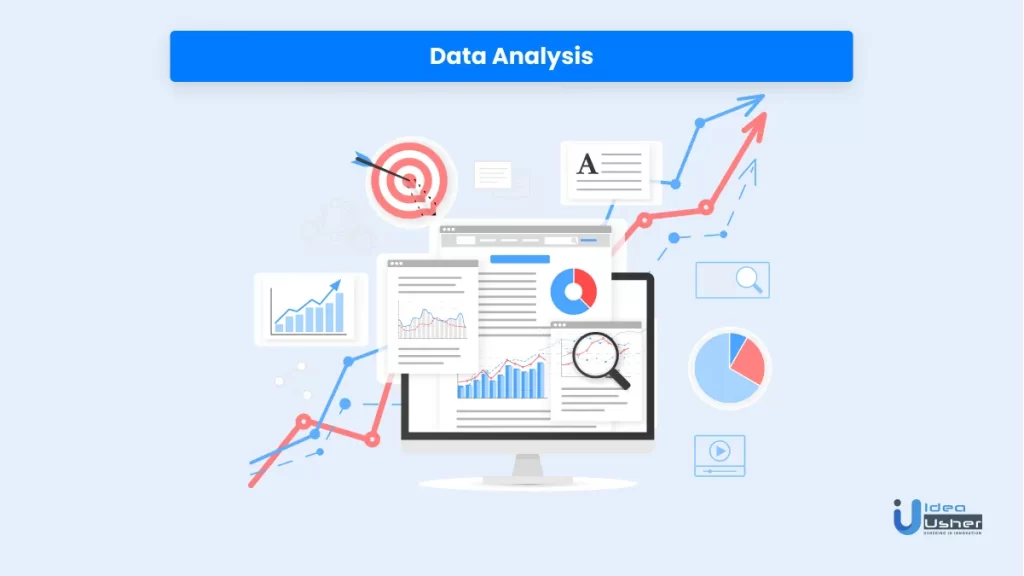
Long lines of code relating to the method utilized may appear to be the backbone of any AI system. In actuality, it isn’t the case. Any AI toolbox would be incomplete without data. Before creating a single line of code, the data scientist often spends most of the time, verifying, organizing, and preparing the data for usage.
Before running any model, the data must be verified for inconsistencies, labels added, a chronological order constructed, and many more. It’s common knowledge that the more messages one sends to data, the more possible it is to solve the problem.
Data is classified into two types: structured and unstructured.

Structured Data: It follows a set of rules to maintain uniformity in processing and to make analytics easier. i.e., a customer record that includes a first name, last name, date of birth, address, and other information.
Unstructured Data: A form of data that doesn’t include a fixed form like audio, photos, visuals, text, etc.
3. Select the Algorithms
The structure of the algorithm can alter depending on the type of learning model. There are primarily two learning strategies, which are mentioned below:
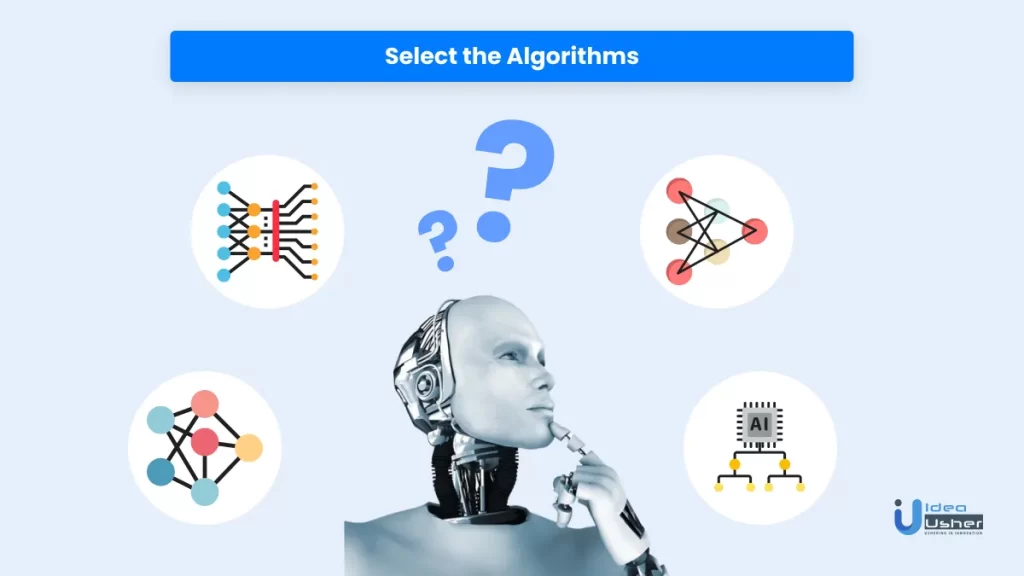
Supervised Learning
As the name implies, supervised learning includes the machine giving a dataset to train itself to provide the needed results on the test dataset. SVM (Support Vector Machine), Logistic Regression, Random Forest generation, naive Bayes Classification, and more supervised learning algorithms are now accessible.
Regression and Classification problems are two types of supervised learning problems.
Primarily, classification is concerned with predicting a label, whereas regression is concerned with predicting a quantity.
For example, a classification algorithm will help to detect birds after being trained on a dataset of images that have been appropriately labeled with the species of the birds and their identifying traits.
A regression problem emerges when the output variable comprises a real or continuous value, such as “salary” or “weight.”
Unsupervised Learning
It is different from supervised learning because of its types. It could be categorized into various categories, such as clustering, which attempts to group things, association, which discovers linkages between objects, and dimensionality reduction (minimizes the number of variables to reduce noise).
4. Train the Algorithms
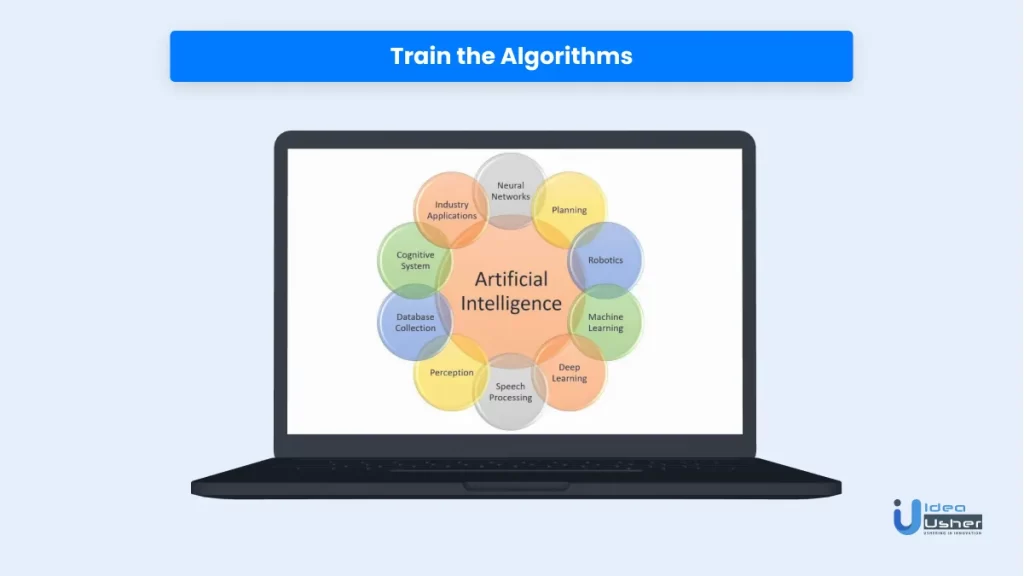
After we’ve chosen the methods, we’ll need to train the model by feeding it data. The correctness of the model is a crucial stage in this process.
While there are no standard measures or worldwide benchmarks for model accuracy, maintaining a level of accuracy within the framework chosen is critical.
We must retrain the model because it is inevitable that the models may require some fine-tuning. Setting a minimum acceptable level and applying considerable statistical discipline is critical.
Building a working AI solution requires training and retraining because it is natural to have to retrain the algorithm if the target accuracy is not achieved.
5. Choose Programming Language
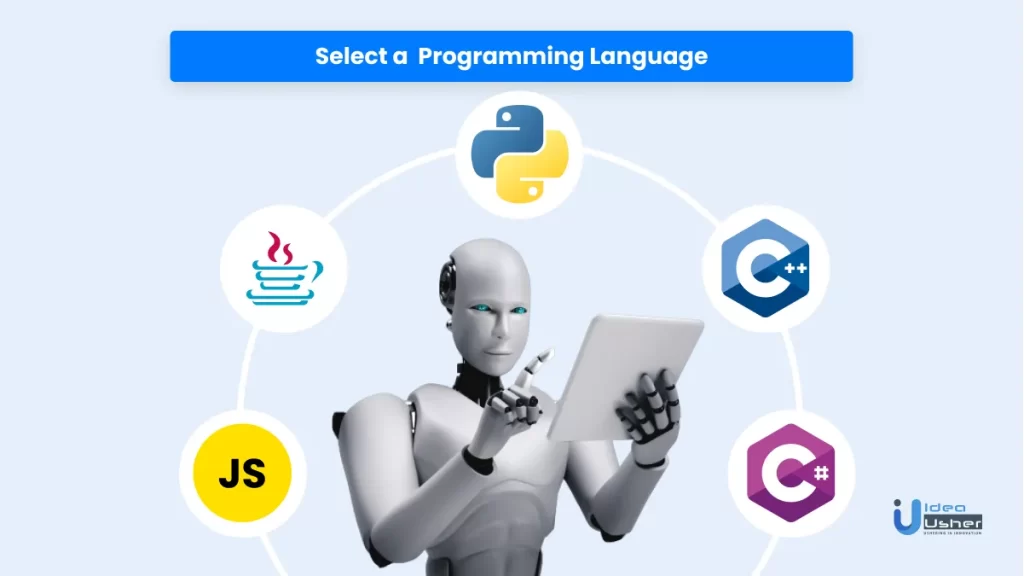
There are a variety of programming languages available, ranging from C++ and Java to Python and R. Python and R are the most widely used coding languages because they provide users with a powerful range of tools, including large Machine Learning packages.
NLTK — the natural language toolkit written in Python instead of having to code everything yourself — is one of the most helpful tools.
6. Run-on a Selected Platform
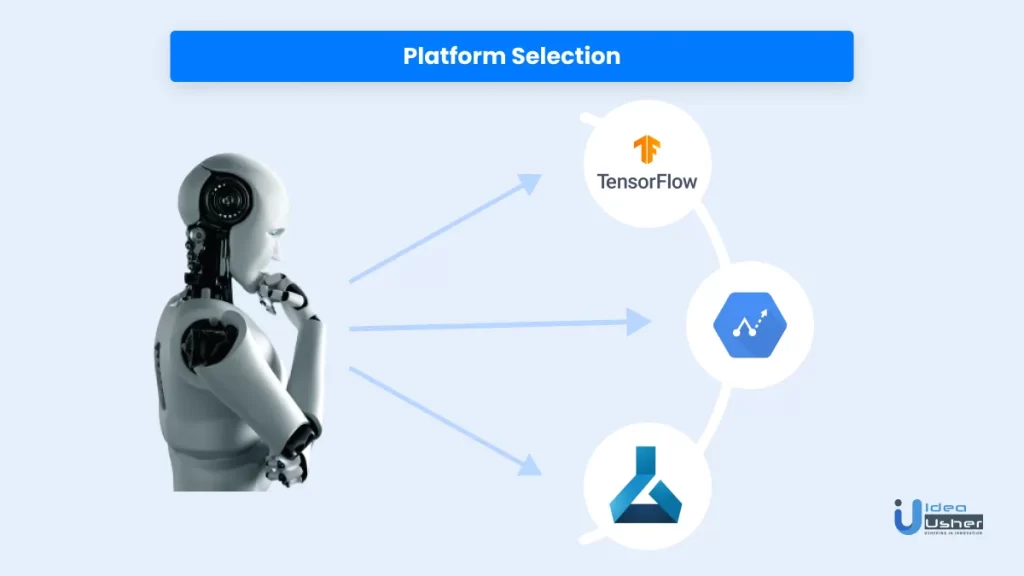
It’s necessary to pick a platform that includes all the services that you will need to construct your AI systems rather than requiring you to purchase everything separately. Machine learning as a service platform provided a beneficial framework for expanding the approach of machine learning.
These platforms are designed to make the machine learning process easy and contribute to the formation of models.
Microsoft Azure Machine Learning, Google Cloud Prediction API, TensorFlow, and other popular platforms are a few examples.
What Role Does Artificial Intelligence Play in Business?

Companies now have more data at their fingertips. According to Forbes, between 2010 and 2020, the amount of data created and consumed increased by 5000 percent.
Companies may now acquire user data with the help of advanced technology, which can help them make better business decisions.
Businesses employ AI on a much larger scale. The uses of AI are practically limitless, ranging from marketing to operations to customer service.
A few examples of how artificial intelligence is employed in the business are listed below.
Improving Customer Service
If an individual ever went to a website and had a chatbot greet them? Chatbots are one of the most common ways for customers to communicate directly with AI.
Businesses can use chatbots to automate customer service and free up staff time to focus on issues that require more specialized attention.
Chatbots frequently use a combination of natural language processing, machine learning, and artificial intelligence to interpret customer demands (AI).
Customers can also be directed to a real-life representative who is most qualified to answer their questions using chatbot technology.
Recommendations for Products
Companies can utilize artificial intelligence to offer items that match their customers’ interests and keep them engaged.
You can provide your consumers with products that are similar to the products they’ve already looked at by tracking customer behavior on your website.
It is a particularly effective strategy for online businesses.
Segmenting Audiences
It is critical in highly competitive businesses to get the attention of the correct audience. Companies utilize data to determine which types of people will see which advertisement to improve the effectiveness of their marketing initiatives. AI is used to predict the response of the customers/clients to various ads.
Identifying Fraud
Artificial intelligence can also assist businesses in detecting and responding to fraud issues. There are tools available in the banking industry that employ machine learning algorithms to detect fraudulent transactions. When the application detects a fraud risk, it prevents the transaction and notifies the individuals.
Optimizing Supply Chain Operations
If your company is having difficulty delivering things on schedule, AI may be able to assist. AI-powered solutions may help businesses anticipate the cost of materials and transportation and estimate how quickly things will move through the supply chain.
These kinds of insights assist supply chain experts in making judgments regarding the best route to send their items. On a small scale, AI can assist delivery drivers in finding speedier pathways.
Business Process Automation
Artificial intelligence is capable of automating both manufacturing operations and service delivery. It can, for example, run factory robotic lines, control and maintain environmental conditions for product storage, monitor warehouse balances, process payments, register and fulfill client requests, and much more.
How can Idea Usher’s AI Services Help you Boost your Sales?
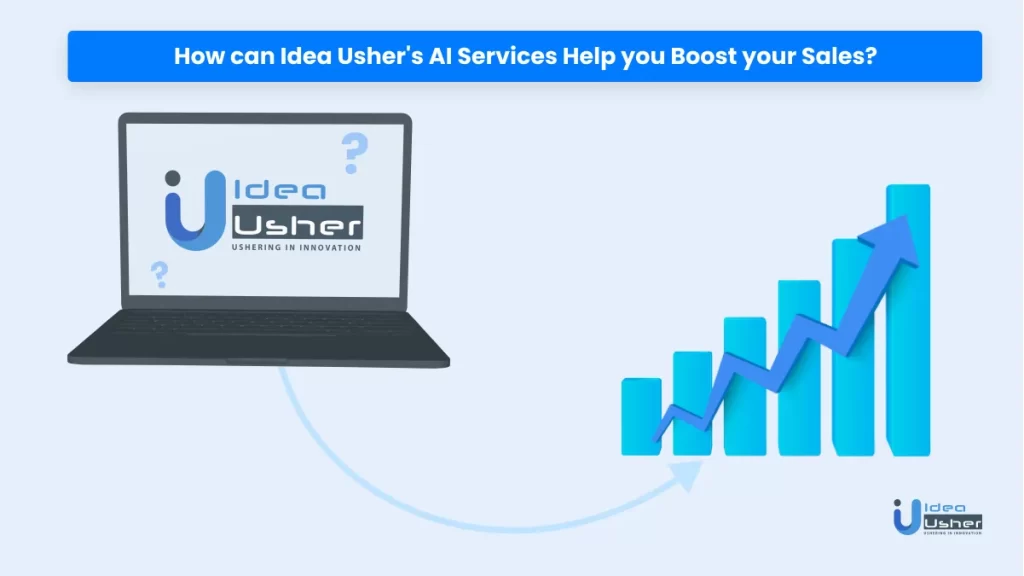
You don’t only increase sales when you work with Idea Usher; you also win the hearts of the clients. Our digital services assist you in gaining a competitive advantage on both a financial and an emotional level.
With the wave of chatbots, image recognition, smart surveillance systems, facial recognition, and automatic speech recognition (ASR), you can attract 10X clients like a magnet! – Idea Usher
One can go through the AI and ML services we are offering mentioned below:
Viral Travel Agents
With Idea Usher, you can establish online travel agencies (OATs) using AI-driven NLP-based travel agents. One can create ticketing systems and more while interacting with clients without being online.
Ball Balancing Robot
Who needs an assistant when you already have a robot assistant? Now there’s no point in worrying about demonstrations or helpers because our robot act as one.
If you’re in association with us one shouldn’t be thinking about the process as our robot received training in mechatronics, robot design, and development.
Integration of Healthcare and AI
Artificial intelligence (AI) solutions are revolutionizing healthcare delivery. Deep learning from AI may assist healthcare companies in making better financial and clinical choices and improve the quality of the experiences they give.
With the Idea Usher, AI is being used to develop efficient and precise innovations that will aid in the treatment of individuals suffering from ailments and, ideally, the discovery of a cure.
Retail and AI
Artificial intelligence in the retail business has resulted in tremendous advancements. AI apps for retail use Machine Learning (ML) and deep learning approaches to digitally assess client emotions.
AI in-store robots deliver helpful information to customers about product placement, which is only one of the many advantages of utilizing AI virtual assistants within stores.
Advanced Marketing Services
AI marketing is gaining popularity day by day with the visions it delivers to digital marketers.
Artificial intelligence marketing (AI marketing) is one of the most efficient strategies for anticipating a customer’s next move to provide a better experience.
With its assistance, you can increase sales, create effective advertisements, and provide customers with personalized experiences.
Choose Idea Usher: The Best Artificial Intelligence Development Company in the USA
Idea Usher is the top artificial intelligence development company. Our wide range of clients is enthusiastic about our scalable IT services and app development tech solutions.
We provide the best software tools, development services, cross-platform apps (for Android, iOS, and more), and research to our clients’ leading AI developer businesses.
We can assist you in transforming your company and provide custom-made digital solutions for your specialist domain using our industry-leading team of AI developers and professionals.
Benefit From Our Expert AI Development Services are as follows:
- It focuses on implementing AI solutions using cognitive technology. By building cognitive CoE (center of excellence), we assist you in getting more bounce for your money.
- We’ve simplified the power of NLP (natural language processing) and machine learning for you. Our visual text analytics make it possible to scan through unstructured data without having to code it.
- We have you covered in IT, healthcare, security, and other areas; assist your business in leveling up with over 20+ RPA deployments and 200+ successful automation across business industries.
- We provide machine learning services to help you evaluate massive amounts of data for optimal profit and show you its full potential, operational efficiency, and monetization prospects.
- Our services in object identification, classification/recognition and tracking, optical character recognition (OCR), face recognition, and content-based image retrieval (CBIR) are unmatched.
- We create programming robots and drones for every purpose.
Connect with us to make your business smarter and more successful.
Email: [email protected]
Phone Numbers : (+91) 946 340 7140, (+91) 859 140 7140, and (+1) 732 962 4560
Final Words
The subject of AI is rapidly evolving, and soon, there is a strong probability that AI may be able to do immensely complex operations. As a result, understanding how to establish an AI and how to design an AI solution is more necessary than ever.
FAQs
Q. What is required to build an AI solution?
A. Artificial intelligence requires the development of systems that can learn and adapt the same way humans do. Human cognitive models, the ability to learn from earlier experiences, and the ability to interact with the physical environment will all be required for AI (robotics). To create this type of artificial intelligence, one must first create a system that can think like a human, which will take a lot of research.
Q. Is AI just based on coding?
A. Artificial intelligence is about the reasoning and model that underpins it, not the code. Artificial neural networks and probabilistic reasoning are two examples of logic-based AI algorithms. Extreme intelligence is a necessary component in artificial intelligence research.









Nikhil Jassal